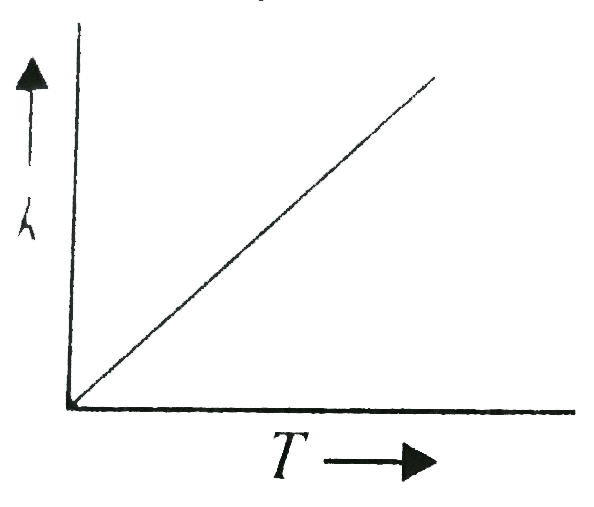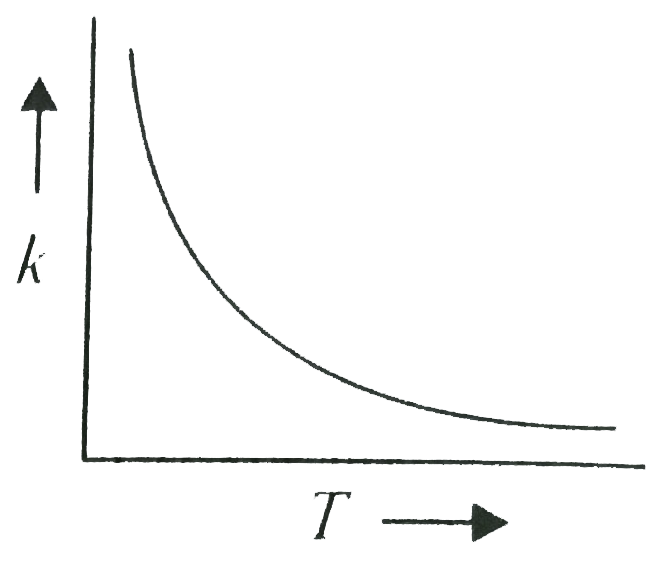In the Arrhenius equation: k=Aexp(−Ea/RT), the rate constant
A
Decreases with increaisng activation energy and increases with temperature.
B
Increases with activation energy and temperature.
C
Decreases with activation energy and temperature.
D
Increases with activation energy and decreaisng temperature.
Video Solution
Text Solution
The correct Answer is:D
It T is high, if Ea is high, k is low.
It T is low, k is low, if Ea is low, k is high.
|
Topper's Solved these Questions
- CHEMICAL KINETICSBOOK - CENGAGE CHEMISTRYCHAPTER - CHEMICAL KINETICSEXERCISE - Exercises Linked Comprehension
59 Videos
- CHEMICAL KINETICSBOOK - CENGAGE CHEMISTRYCHAPTER - CHEMICAL KINETICSEXERCISE - Exercises Multiple Correct
34 Videos
- CHEMICAL KINETICSBOOK - CENGAGE CHEMISTRYCHAPTER - CHEMICAL KINETICSEXERCISE - Ex 4.3 More Than One Correct
5 Videos
- CARBOXYLIC ACIDS AND THEIR DERIVATIVESBOOK - CENGAGE CHEMISTRYCHAPTER - CARBOXYLIC ACIDS AND THEIR DERIVATIVESEXERCISE - Exercises Archives (Analytical And Descriptive)
34 Videos
- COORDINATION COMPOUNDSBOOK - CENGAGE CHEMISTRYCHAPTER - COORDINATION COMPOUNDSEXERCISE - Archives Subjective
18 Videos
Similar Questions
Knowledge Check
In the Arrhenius eqution k=Ae−Ea/RT , the rate constant (k) becomes equal to the Arrhenius constant (A), when :
Athe temperture becomes inifinteBthe 100% reactants of are converted to productCthe fraction of molecules crossing over the barrier is unityDthe temperature of the reaction mixture is very lowIn the Arrhenius equation , k=Ae−Ea/RT the Arrhenius constant A will be equal ot the rate constant when :
AEa=0BT=∞CT=0DEa=∞The rate constant of most of the reaction increases with increase in temperature. According to the Arrhenius equation,k=Ae−Ea/RT. The curve of rate constant 'k' against temperature 'T' will be.
A B
B C
C D
D
In Arrhenius equation k=Ae−Ea/RT), A is the value of the rate constant
View SolutionIn Arrhenius equation , K=Ae−Ea/RT . The A is
View SolutionIn Arrhenius equation k=Ae−Ea/RT), A is the value of the rate constant
View SolutionIn Arrhenius equation , K=Ae−Ea/RT . The A is
View SolutionAccording to the Arrhenius equation k=Ae−Ea/RT a plot of ln k against 1/T yields:
View Solution
